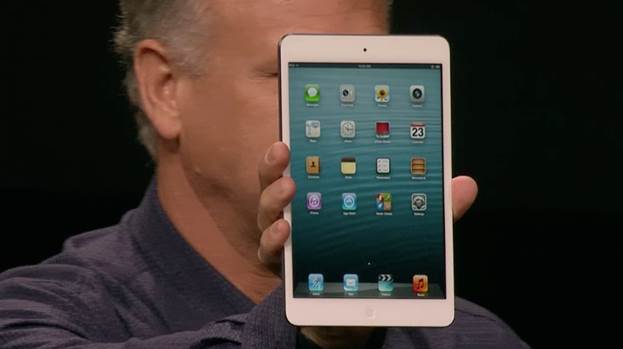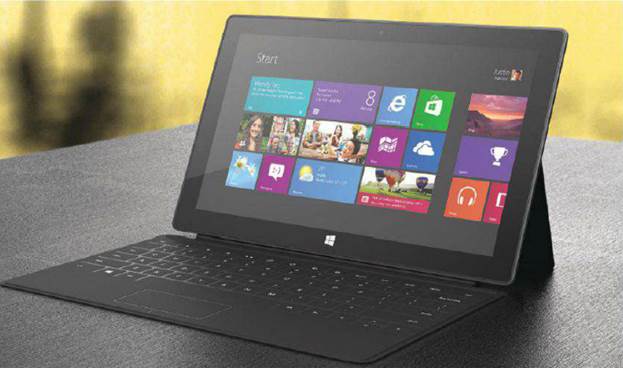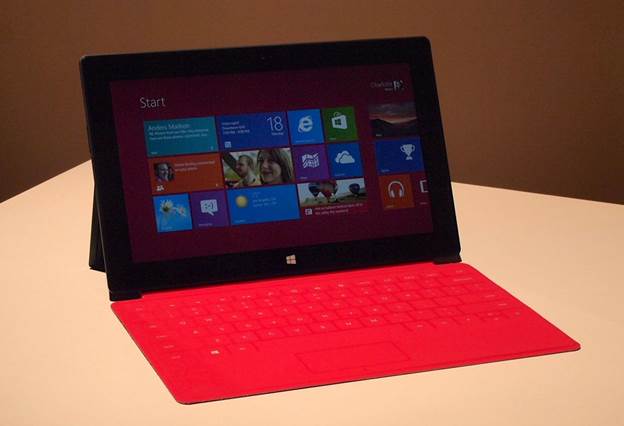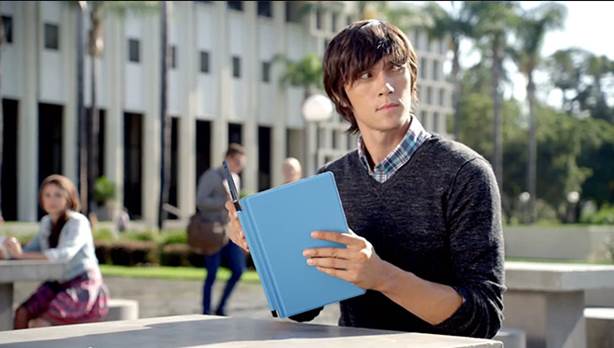If you’re looking for a more portable and
affordable iPad, the iPad Mini delivers, our preliminary tests found. Apple has
managed to shrink most of what’s good about the 9.7-inch iPad into a smaller
package.

The
iPad Mini is the thinnest tablet we’ve seen.
It’s
midsized, yet thin and light.
With a 7.8-inch screen, the Mini offers
more real estate than 7-inch Android tablets. But bigger doesn’t mean heavier.
In fact, it weighs just under 0.7 pounds, the same as the lightest 7-inch
tablets and roughly half as much as a full-sized iPad. It’s also the thinnest
tablet we’ve seen.
The
screen is good enough.
Resolution is much lower than on the newest
full-sized iPad or Nook HD. But the crisp text holds its own against the best
7-inch tablets and the non-Retina iPad 2. Colors and viewing angles actually
match those of the Retina display.
It’s
fine for media.
When you’re viewing photos on the Mini,
each image fills the entire screen, without the black bars around the photo
that waste screen space on other tablets. The Mini’s cameras -720p video in the
front and 5MP in the rear- are the same as on the latest full-sized iPad. The
audio is less rich than the full-sized iPad’s but just as loud. The Mini even
one-ups the larger iPad’s mono speaker with its own pair of stereo speakers,
though you must be really close to hear the stereo effect.

The
Mini’s cameras -720p video in the front and 5MP in the rear- are the same as on
the latest full-sized iPad.
It
feels like an iPad.
Apple maintained the iPad experience for
reading or using apps. Magazines look great, book text is fine, and with the
Mini’s size and weight, reading won’t tire you quickly. A game that ran on a
full-sized iPad worked the same on the Mini.
A 16GB, Wi-Fi Mini costs $330; with 3G/4G
capability, $460. Models with 32GB and 64GB are also available at higher
prices.
Bottom
line.
In shrinking the iPad, Apple didn’t
compromise much. Instead, it produced a tablet that’s better suited, in
important ways, for reading.
Windows finds its touch in Surface tablet
Microsoft’s new 10.6-inch Surface tablet
with Windows RT arrived as we went to press. Here’s what our testers found:

Microsoft’s
tablet (shown with optional keyboard) is strong on design.
An
excellent display.
The screen rivals that of the iPad in some
ways but falls short in others. Viewing angles were as good as those on the
full-sized iPad. Colors also looked great. The display was as bright as those
on the best tablets we’ve tested, making it quite readable in a brightly lit
envionmnent.
Microsoft says the technology the Surface
uses produces sharp text and very detailed photos. Text did look good, but it
wasn’t’ as sharp as on the iPad ad Nook. Photos had less detail than on an
iPad. Videos looked good, but the speakers sounded weaker and more muffled than
on an iPad. Volume controls were easy to access when the Surface was on its
stand.
It’s
not a PC.
Windows RT, a version of Windows 8 designed
for tablets, can run apps from the Windows Store and special versions of
Microsoft Word Excel, PowerPoint, and OneNote.
Even though it’s Windows-based, the Surface
doesn’t run traditional computer applications, such as Quicken or Photoshop. To
use those on a Microsoft tablet, you need the more powerful Surface with
Windows 9 Pro, which can also run the apps from the Windows Store. That Surface
model wasn’t available at press time.
Apps
are limited.
The shelves at the Windows Store looked
somewhat bare. There was no Facebook or Twitter app, for example, both of which
are available for iPad and Android tablets. Microsoft says new apps are coming
daily. As with other app stores, the Windows Store lets you install any app
that you buy on multiple devices- five in this case. You can buy movies and
music from Xbox services.
Thin
but heavy.
The Surface with Windows RT is as a thin as
the thinnest 10-inch tablets. But at 1.5 pounds, it’s heavy. It’s also longer
than the smaller, squarer iPad. Its weight and shape work against the Surface
when you hold it for an extended period.

The
Surface with Windows RT is as a thin as the thinnest 10-inch tablets.
A
stand and keyboards help.
A built-in stand helps support it at a
comfortable angle on a desk or table. Two optional, well-designed Microsoft
keyboards – the Touch Cover and the Type Cover – help, too.
The Touch Cover is thin but full-sized. Its
flat surface requires more pressure when typing than you might be used to, but
its audible feedback helps. An oddity we found: when we folded it under the
tablet and laid it on a metal surface, the tablet went to sleep. The Type Cover
is thin, too, but more like a traditional keyboard. Both models attach to the
Surface using magnets.
A
flexible interface
Windows RT uses the same “live” tile
interface that the Windows 8 computers and phones run. The Mail tile, for
example, continuously displays your most recent e-mail. The Photo tile cycles
through your photo library. There’s also a tile on the screen for each app you
install, which you tap to launch the app. The interface is customizable. You
can change the size of many tiles and rearrange them.
The 32 GB Wi-Fi Surface costs $500 without
the Touch Cover. You can save $20 off the cost of buying a Touch Cover
separately by bundling the pair for $600. A 64GB version of the Surface with
the Touch Cover costs $700.

You
can save $20 off the cost of buying a Touch Cover separately by bundling the
pair for $600
Bottom
line.
The Surface has a lot going for it,
including an excellent display. But if you’re a serious online user, you’ll
find the software selection limited, even with apps such as Word and Excel.
Xbox content may keep you entertained, but Microsoft has a long way to go
before its store compares with the stores for iPads and Android tablets.